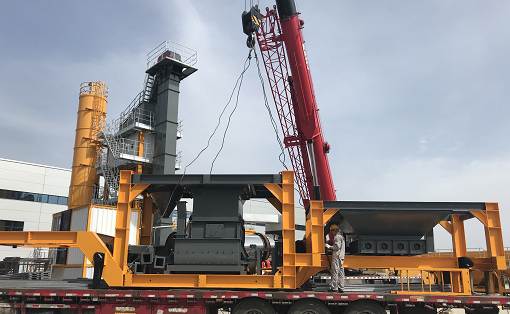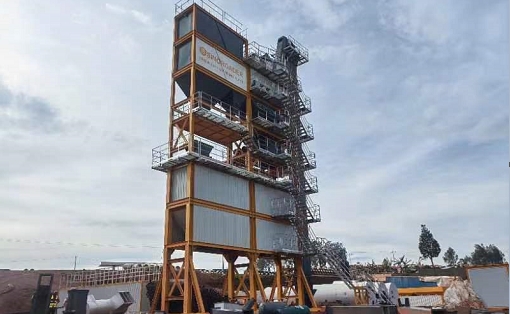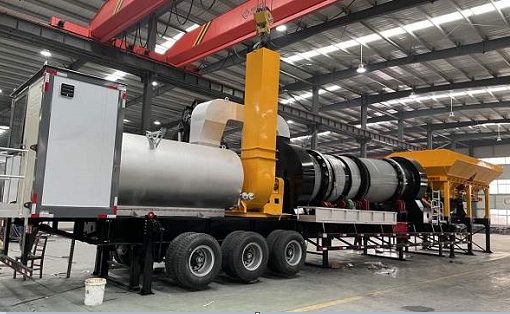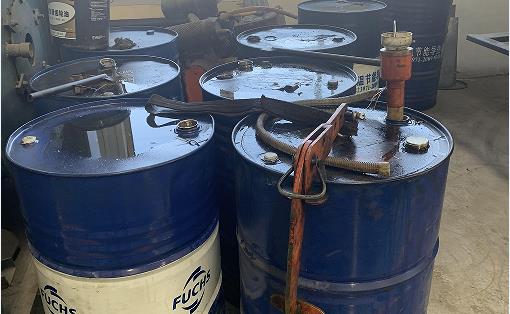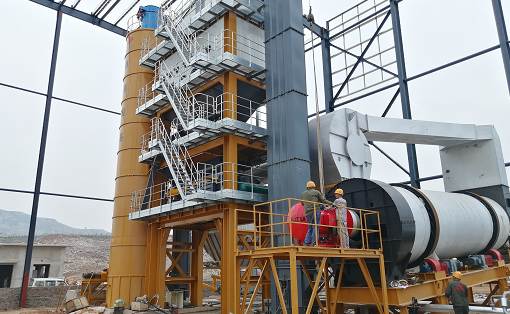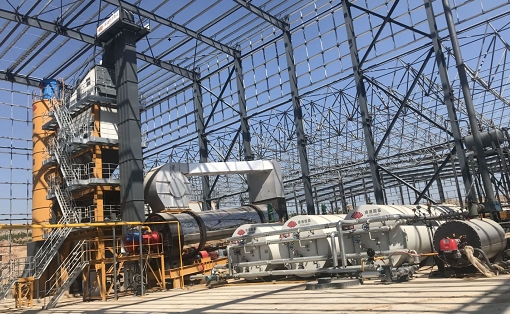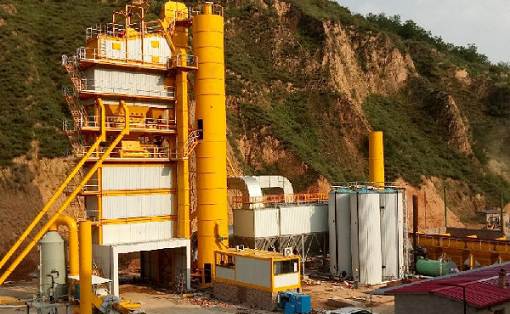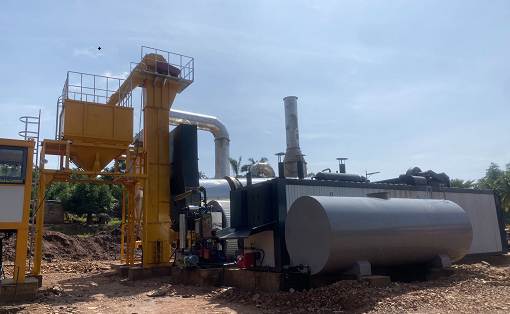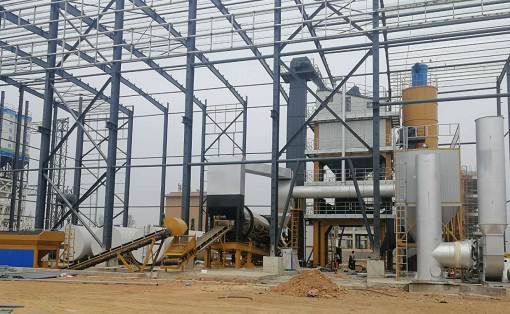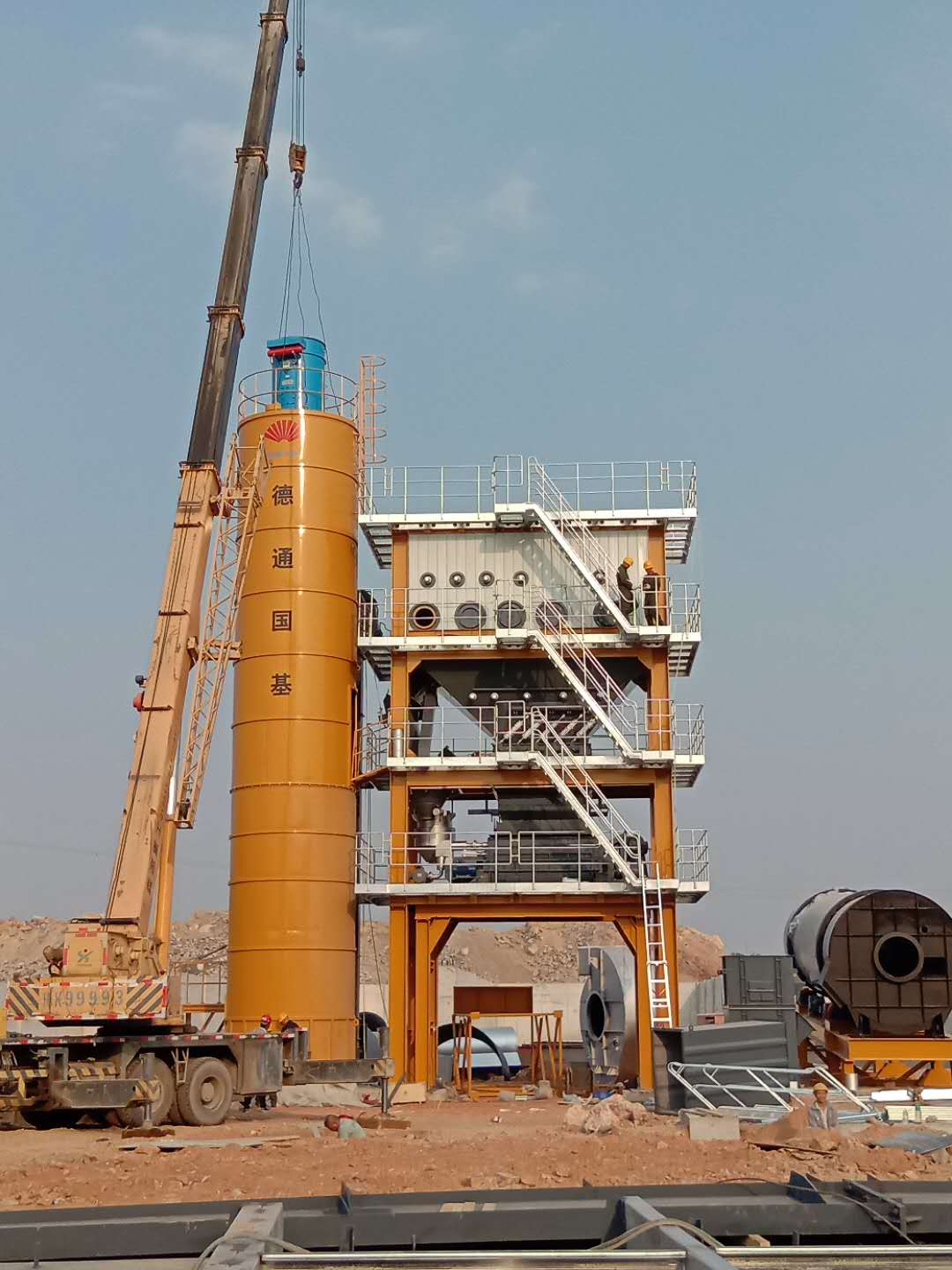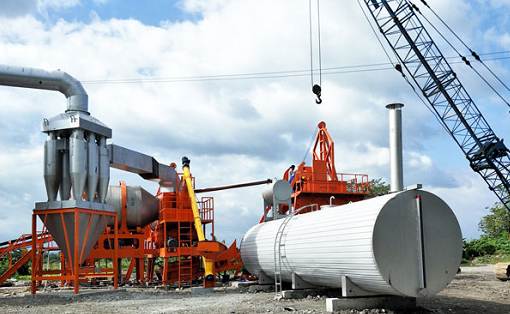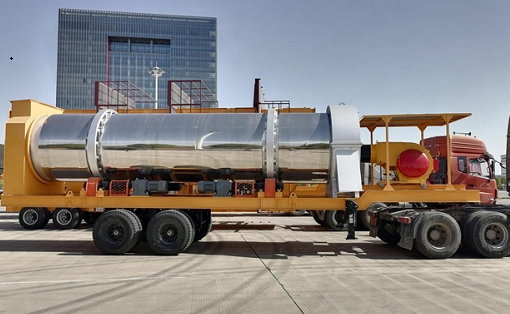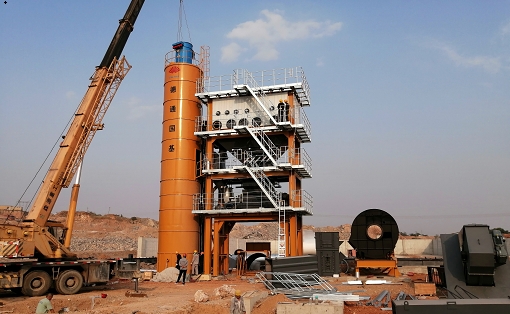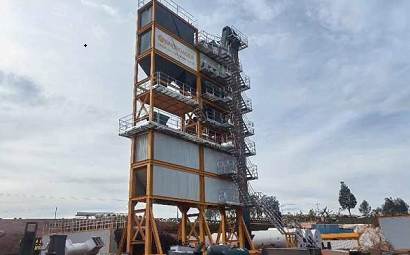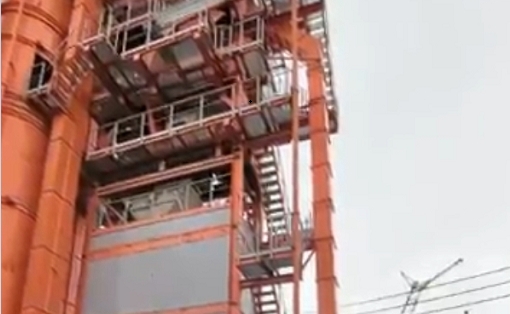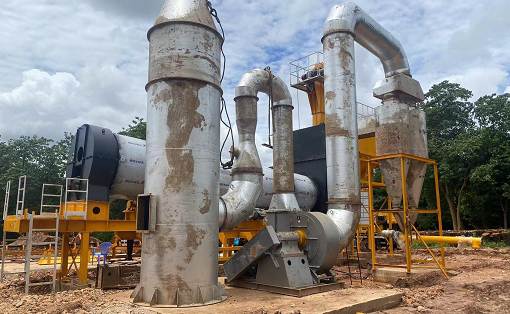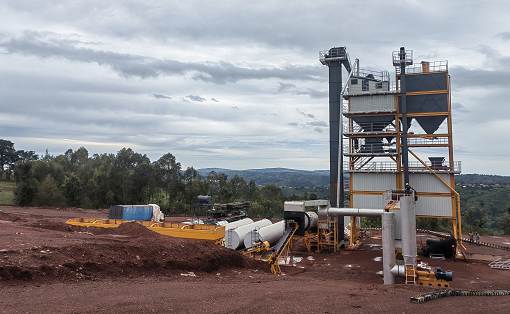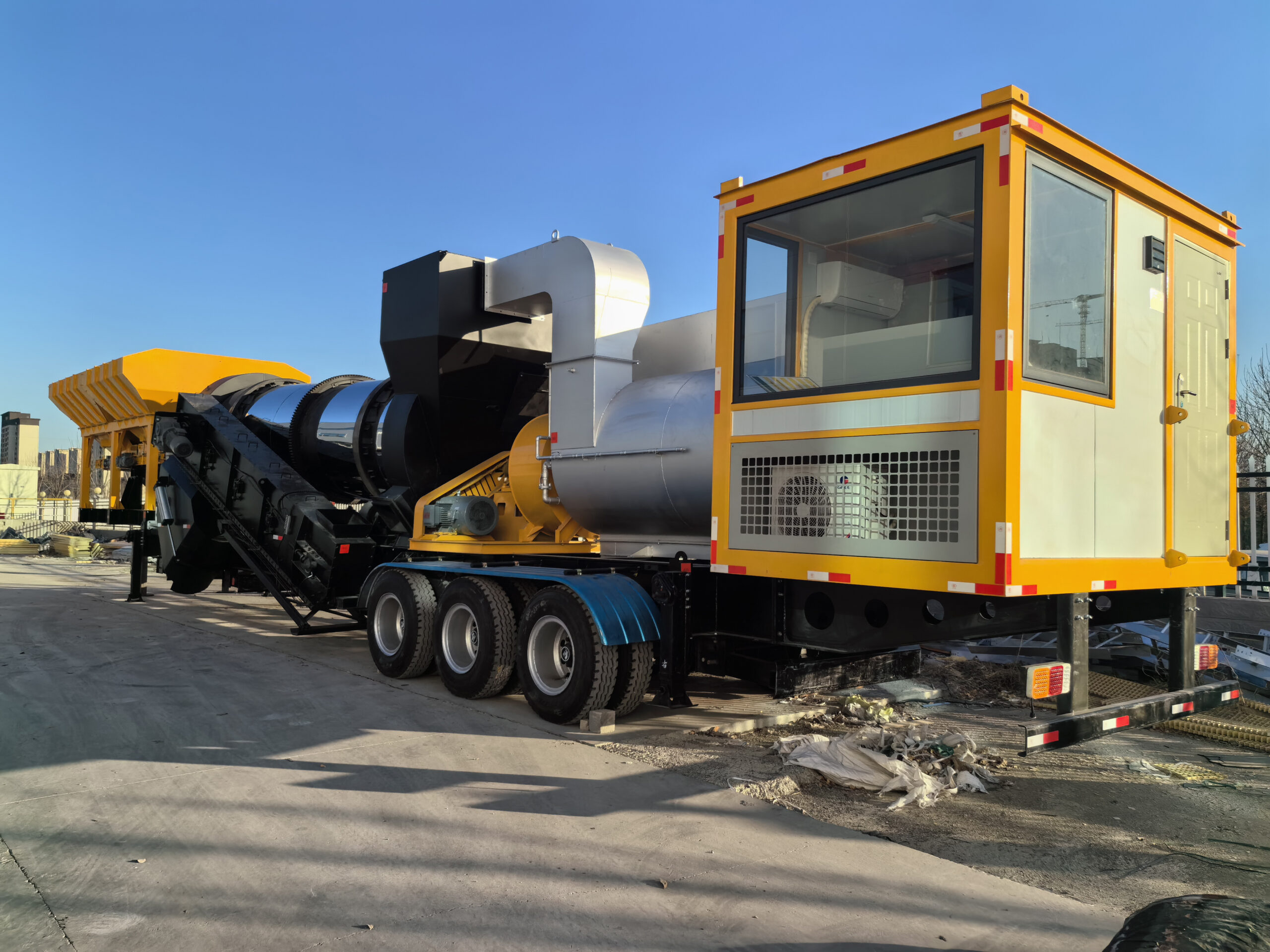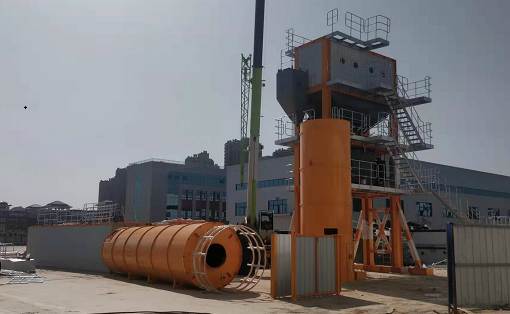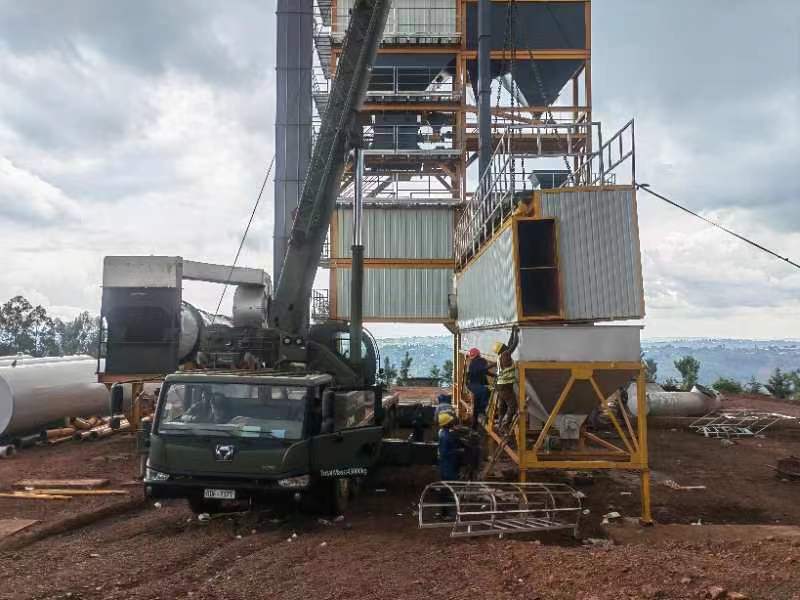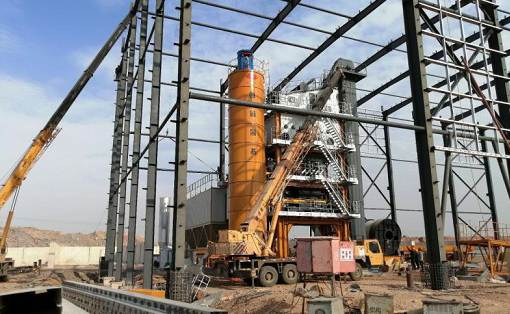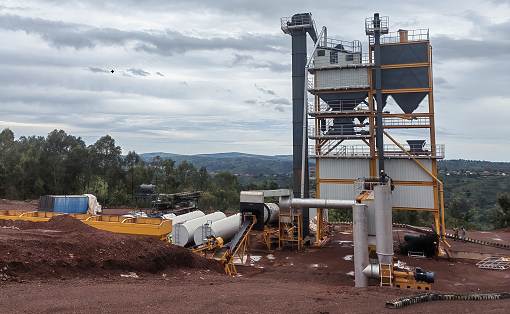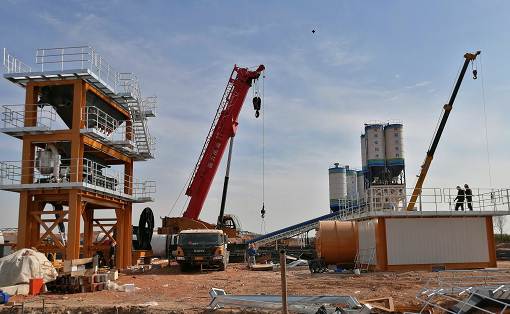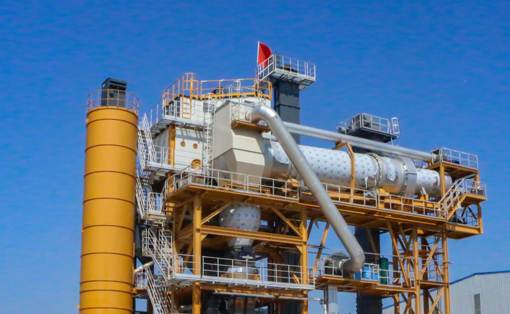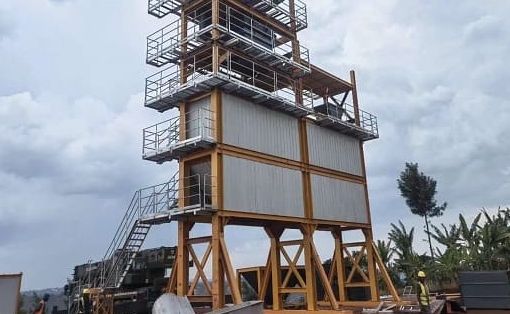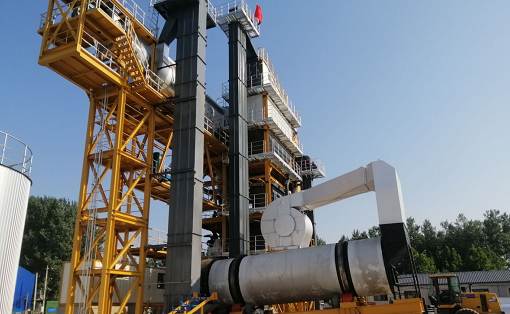What kind of faults do asphalt mixing plants often have?
With the changes in society and the transformation of the economy, real estate and construction are developing rapidly. When building and constructing houses, most of them use some equipment, such as mixing plants. The asphalt mixing plants produced by our company have a high level of mechanization and high production efficiency.
What is an asphalt mixing plant? It is a combined device used for centralized mixing of concrete, also known as a concrete prefabrication site.
With the development of municipal construction, the use of centralized mixing and the provision of commercial mixing plants have great advantages, so it has developed rapidly and created conditions for promoting concrete pumping construction and realizing the joint operation of mixing, conveying and pouring machinery. It is mainly composed of five major systems, including a mixing host, a material weighing system, a material conveying system, a material storage system and a control system, as well as other ancillary facilities. However, there are some faults in normal times. What are the specific ones in the gas source failure?
With the changes in society and the transformation of the economy, real estate and construction are developing rapidly. When building and constructing houses, most of them use some equipment, such as mixing plants. The asphalt mixing plants produced by our company have a high level of mechanization and high production efficiency.
What is an asphalt mixing plant? It is a combined device used for centralized mixing of concrete, also known as a concrete prefabrication site.
With the development of municipal construction, the use of centralized mixing and the provision of commercial mixing plants have great advantages, so it has developed rapidly and created conditions for promoting concrete pumping construction and realizing the joint operation of mixing, conveying and pouring machinery. It is mainly composed of five major systems, including a mixing host, a material weighing system, a material conveying system, a material storage system and a control system, as well as other ancillary facilities. However, there are some faults in normal times. What are the specific ones in the gas source failure?
1. Air compressor failures include: check valve damage, severe piston ring wear, intake valve damage and air filter blockage, etc.;
2. Pressure reducing valve failures include: pressure cannot be adjusted high, or pressure rises slowly, etc.;
3. Pipeline failures include: leakage at pipeline joints, hose rupture, condensed water accumulation, etc.;
4. Compressed air treatment component failures include: oil-water separator failure, pressure regulating valve and oil mist failure.

